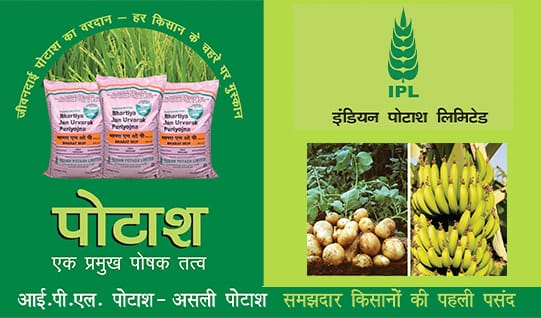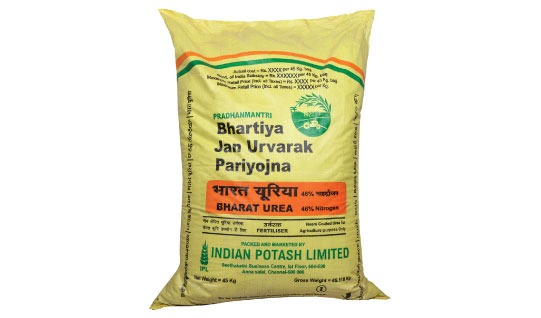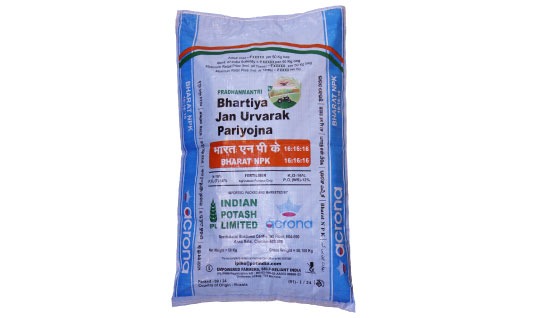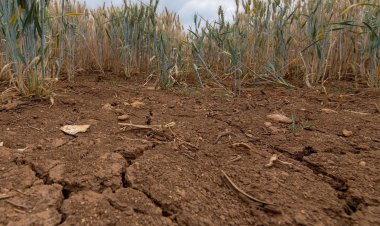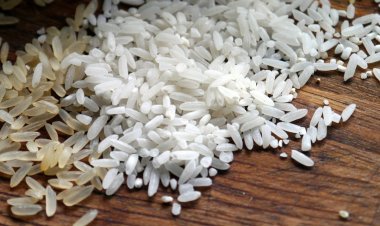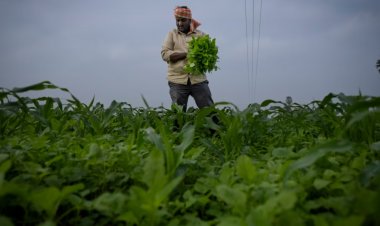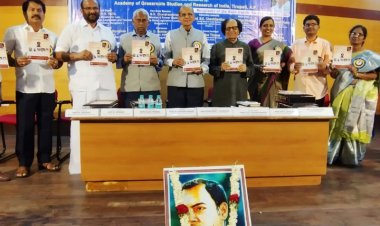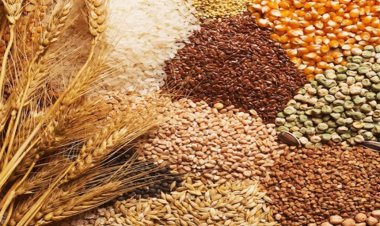Global Soil Moisture in 'Permanent' Decline Due to Climate Change
A recent study published in Science reveals a concerning and potentially irreversible decline in global soil moisture levels since the early 21st century. This trend, attributed to climate change-induced alterations in the Earth's water cycle, poses significant threats to agriculture, ecosystems, and human societies worldwide.
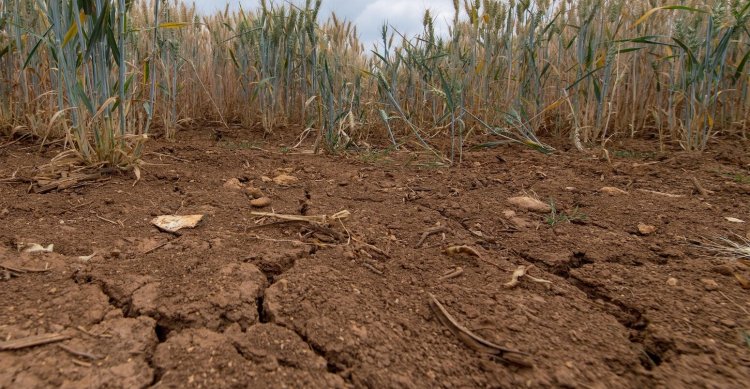
A recent study published in Science reveals a concerning and potentially irreversible decline in global soil moisture levels since the early 21st century. This trend, attributed to climate change-induced alterations in the Earth's water cycle, poses significant threats to agriculture, ecosystems, and human societies worldwide.
The research indicates a "gradual decline" in soil moisture levels throughout the 21st century, initiated by a "sharp depletion" between 2000 and 2002. During this period, soil moisture loss totaled approximately 1,614 gigatonnes (Gt) of water, followed by an additional 1,009 Gt loss from 2002 to 2016. For context, Greenland's ice loss resulted in 900 Gt of water loss between 2002 and 2006. As of 2021, soil moisture levels have not recovered and are unlikely to do so under current climate conditions.
In conversation with Carbon Brief, Professor Dongryeol Ryu, a hydrology and remote sensing expert at the University of Melbourne and joint lead author of the study, emphasized the gravity of these findings: "We observed a stepwise decline [in soil moisture] twice in the past two decades, interspersed within a continuously declining trend in soil moisture. We haven't seen this trend earlier, so that is why this is very concerning."
The study identifies two primary factors contributing to the ongoing reduction in soil moisture: changes in rainfall patterns and increasing "evaporative demand." Evaporative demand refers to the atmosphere's capacity to extract moisture from the land, vegetation, and surface water. As global temperatures rise, the atmosphere becomes "thirstier," leading to heightened evaporation rates and further drying of the soil.
Professor Ryu said, "We suspect that increasing temperature played an important role" in the decline of terrestrial water storage and soil moisture in the 21st century.
The initial sharp decline in soil moisture observed between 2000 and 2002 is attributed to a combination of low global rainfall and the onset of increased evaporative demand. Another significant, though less pronounced, decline occurred during the 2015-2016 period, coinciding with droughts triggered by the 2014-2016 El Niño event.
The reduction in soil moisture has far-reaching consequences. Drying soil exacerbates the severity and frequency of major droughts, impacting human populations, ecosystems, and agricultural productivity.
Furthermore, the study suggests that the decline in terrestrial water storage contributed significantly to global sea level rise in the early 21st century. Between 2000 and 2002, the loss of soil moisture led to an almost 2mm annual increase in global average sea levels, a rate "unprecedented" and "significantly higher" than that attributed to Greenland ice mass loss during the same period.
Measuring global soil moisture changes presents considerable challenges due to the lack of comprehensive, direct observations. To address this, the researchers employed an innovative approach by corroborating data from multiple sources: ERA5-Land Reanalysis Dataset from the European Centre for Medium-Range Weather Forecasts (ECMWF), GRACE Satellite Mission between NASA and the German Aerospace Center, Polar Motion Observations, and Global Mean Sea Level Height.
This comprehensive cross-validation approach allowed the researchers to confirm the authenticity of the observed soil moisture decline. Professor Ryu noted that using global sea level rise and Earth's rotational changes to track water redistribution on land was a "main innovation" of the study.
Future Projections and Recommendations
The study warns that if current warming trends persist, the observed changes in soil moisture are likely to be "permanent." This underscores the urgent need for improved land surface and hydrological models that accurately simulate soil moisture changes in a changing climate. Current models often overlook human-induced factors such as intensive agriculture and the construction of large dams, which can further influence soil moisture levels.
Droughts, often described as "creeping disasters," develop slowly but have prolonged and severe consequences. Professor Ryu cautioned, "Unlike a flood and heatwaves, drought comes very, very slowly – and has prolonged and delayed consequences. We better be prepared earlier than later, because once drought comes you can expect a long period of consequences."
The findings of this study serve as a critical wake-up call, highlighting the profound impact of climate change on the Earth's water cycle and the pressing need for proactive measures to address the challenges posed by declining soil moisture globally.



 Join the RuralVoice whatsapp group
Join the RuralVoice whatsapp group


